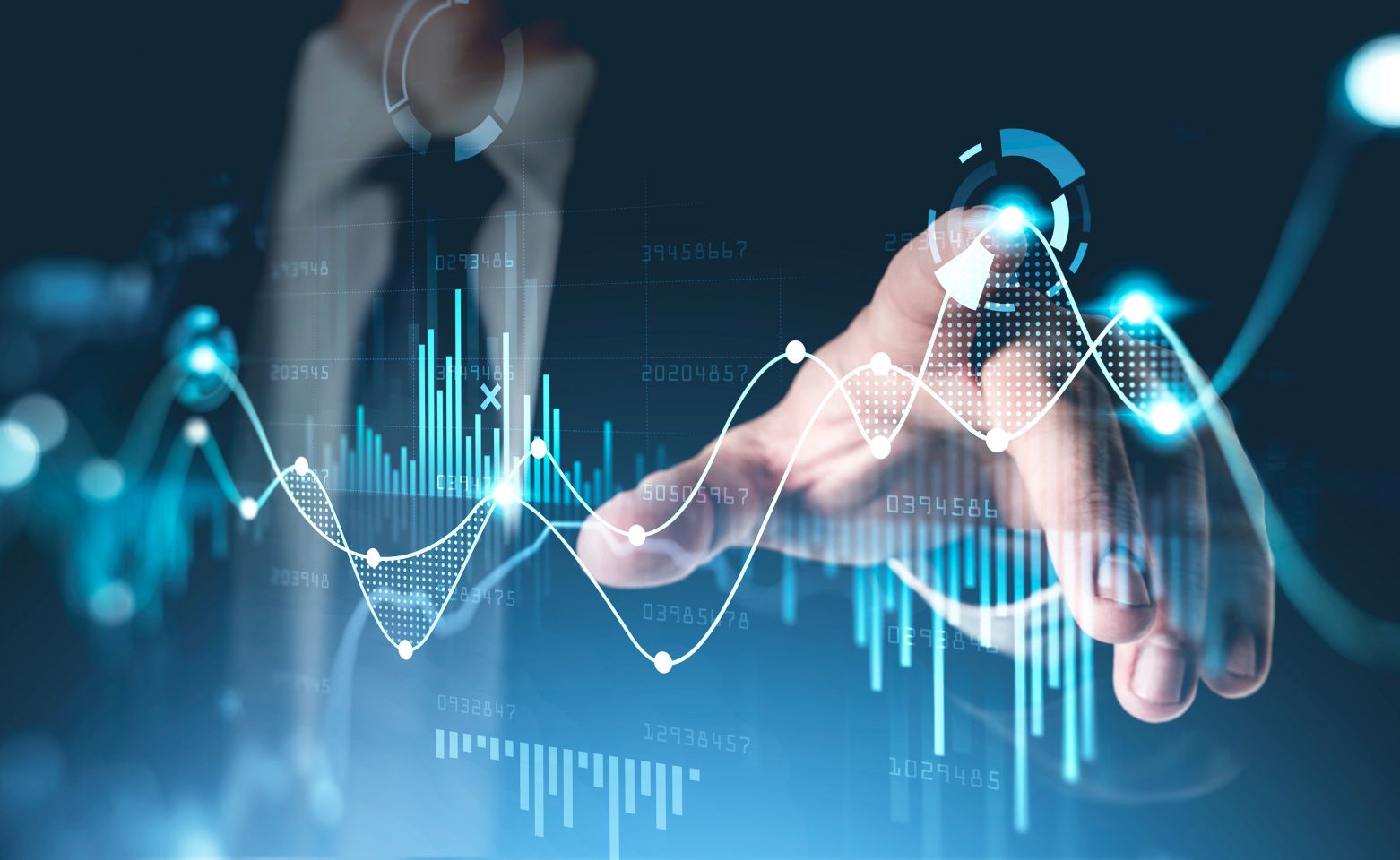Platinum vs palladium: which metal to choose?
We examine the platinum and palladium markets and the latest trends in supply, demand and pricing for both metals in 2025.
Both platinum and palladium have entered 2025 with notable supply deficits, reversing the surplus conditions seen in previous years. Tighter supply and renewed industrial demand have pushed prices for both metals significantly higher.
Platinum’s price in November 2025 is around $1,543 per ounce, up more than 50% year on year, as the market moved into a deficit of over 800,000 ounces. The shortfall is largely due to ongoing production cuts in South Africa, combined with steady demand from the jewellery, industrial and automotive sectors.
Palladium has also recovered strongly, trading near $1,440 per ounce – up roughly 35% year on year. Supply remains constrained, with Russian output still below historical averages and reduced production in South Africa adding to the tightness.
Russia and South Africa drive PGM pricing
As the two largest sources of platinum group metals (PGMs), South Africa and Russia continue to play a central role in determining global supply. While both metals are less liquid than gold or silver, they tend to experience greater price volatility, reflecting their industrial importance and limited production bases.
Platinum’s demand from the automotive industry remains firm, supported by hybrid and hydrogen fuel-cell technologies. These applications continue to offset some of the demand decline caused by the wider shift towards fully electric vehicles.
In contrast, palladium still relies heavily on automotive catalysts, although manufacturers are increasingly substituting platinum for palladium in certain uses to address cost and availability pressures.
Platinum price chart
Past performance is not a reliable indicator of future results.
Go to market page
Investment trends and market sentiment
Investment demand for platinum has strengthened in 2025, with rising inflows into platinum-backed funds and renewed interest in physical holdings. This marks a turnaround from earlier years, when investor sentiment was subdued.
Palladium has also seen renewed speculative and institutional interest, though its price remains more volatile, reflecting its sensitivity to geopolitical risk and fluctuations in automotive demand.
Palladium price chart
Past performance is not a reliable indicator of future results.
Go to market page
Platinum vs. palladium: comparative outlook
Both metals are now supported by supply deficits, but platinum’s shortfall is larger relative to its total market size. Platinum has narrowly overtaken palladium in price and sentiment in late 2025 – a notable reversal from earlier years, when palladium consistently traded at a premium.
While both remain influenced by industrial and geopolitical factors, platinum is increasingly seen as a longer-term industrial metal underpinned by emerging energy technologies, whereas palladium continues to be driven by short-term supply risks and automotive trends.
Indicative prices (November 2025):
- Platinum: $1,543/oz
- Palladium: $1,440/oz
Platinum or palladium: which should you choose?
If you’re considering trading precious metals or other assets, always carry out your own due diligence. Review the latest market trends, news, fundamental and technical analysis, and expert insights before making any trading decision. And never trade with money you cannot afford to lose.
How to trade platinum & palladium via CFDs
The Capital.com platform provides access to contracts for difference (CFDs) on a wide range of popular commodities – from precious metals such as platinum, palladium, gold, and silver, to energy assets including Brent crude, US crude, and natural gas.
CFDs allow traders to speculate on both rising and falling prices. You can open a long position if you expect a commodity’s price to increase, or a short position if you anticipate a decline.
Be aware that as a leveraged product, CFD trading involves margin, and leverage amplifies both potential gains and potential losses if the asset price moves against your position.
Make sure you understand how CFDs work. Carry out your own research, and remember that your decision to trade should reflect your risk tolerance, level of experience, portfolio diversity, and comfort with potential loss. Keep in mind that past performance is not a reliable indicator of future results.
Never trade with funds you cannot afford to lose.
Learn more about commodity CFD trading.
Create an account Open a demo account
FAQ
Is palladium more expensive than platinum?
As of late 2025, platinum has slightly surpassed palladium in price, trading around $1,543 per ounce, compared with $1,440 for palladium. This marks a reversal of the long-standing trend where palladium typically traded at a premium. Both metals remain in supply deficits, but platinum’s shortfall is proportionally larger, supporting its relative price strength.
Should I invest in platinum or palladium?
Whether you choose platinum or palladium depends on your personal trading objectives and approach to risk. Both metals have seen renewed interest from investors in 2025, driven by tightening supply and stable industrial demand. It’s important to carry out your own research, understand the associated risks, and ensure any trading decision aligns with your financial situation. Past performance is not a reliable indicator of future results. Never trade more than you can afford to lose.
What drives platinum and palladium prices?
Prices for both metals are mainly influenced by supply developments in South Africa and Russia, industrial and automotive demand, and broader economic factors such as inflation and interest rates. Technological progress — particularly the adoption of hybrid and hydrogen fuel-cell vehicles — also shapes long-term demand. Market sentiment and investment flows can contribute to short-term price volatility.
Why are platinum and palladium important to the automotive industry?
Both metals are essential in catalytic converters, which help reduce emissions from combustion engines. Palladium is commonly used in petrol engines, while platinum features in diesel and increasingly in hybrid systems. As global emission standards tighten and hydrogen technologies expand, platinum’s industrial relevance is expected to remain strong.